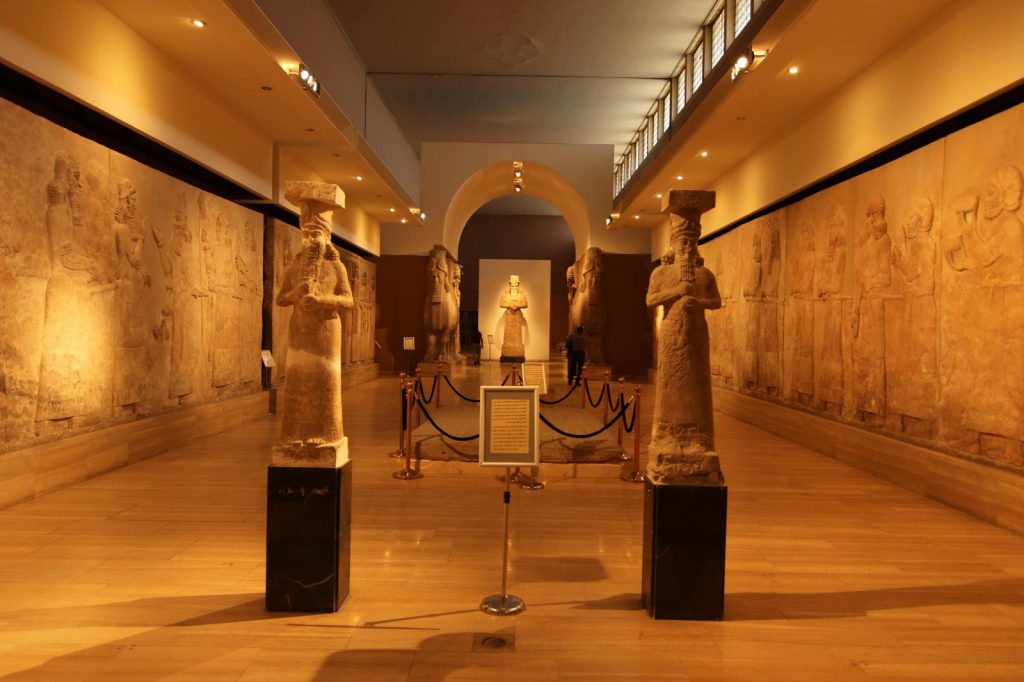Retrieve Diplomacy

Iraq is considered one of the world’s richest countries in terms of archaeological treasures, to the extent that some cultural and archaeological treasures occasionally surface on the sites of historical locations due to environmental and climatic factors such as rain and flash floods.
Iraq has embarked on Retrieve Diplomacy, to retrieve Iraqi artifacts, combining efforts with relevant Iraqi institutions, especially the Ministry of Culture, Tourism, and Iraqi Antiquities and the Iraqi National Museum. Through effective international cooperation with friendly and brotherly nations and through the mobilization of our diplomatic missions in various parts of the world, Iraq has been able to write enduring chapters over the years in reclaiming thousands of archaeological pieces, manuscripts, books, and illustrious paintings that delve deep into Iraq’s history. Although Iraq’s artifacts have been subjected to systematic theft and targeted acts of terrorism, even so, all attempts have failed to erase Iraq’s cultural, historical, and scientific heritage. In this land, the first letter was written, zero was discovered, and the initial algorithms that form the basis for global digital development and artificial intelligence.
The following film presents a page from the record of the retrieve diplomacy:
We highly recommend that any visitor or tourist entering Iraq should not miss the opportunity to visit the Iraqi National Museum, the Pearl of Baghdad. This landmark has exceeded the expectations of all those who have visited it. The Iraqi National Museum, located in central Baghdad, was established in 1926 in the Al-Qushla area and later relocated to the Al-Alawi area in 1966 after expansion and the addition of its contents that reflect the history of Mesopotamia.
Its Assyrian Hall stands out for the grandeur of its exhibits, which prevent their theft or concealment. Among the highlights is the Winged Bull with Human Heads, adorned with cuneiform inscriptions from the reign of King Ashurnasirpal II (883-859 BC), discovered at one of the entrances to the Throne Hall in the West Palace in Nimrud.
The museum had an official reopening in 2015, more than ten years after it had been subjected to looting and theft during the chaos that Iraq experienced following the US-led invasion in 2003. It was then reopened again in March 2022 after a three-year closure due to the COVID-19 pandemic.